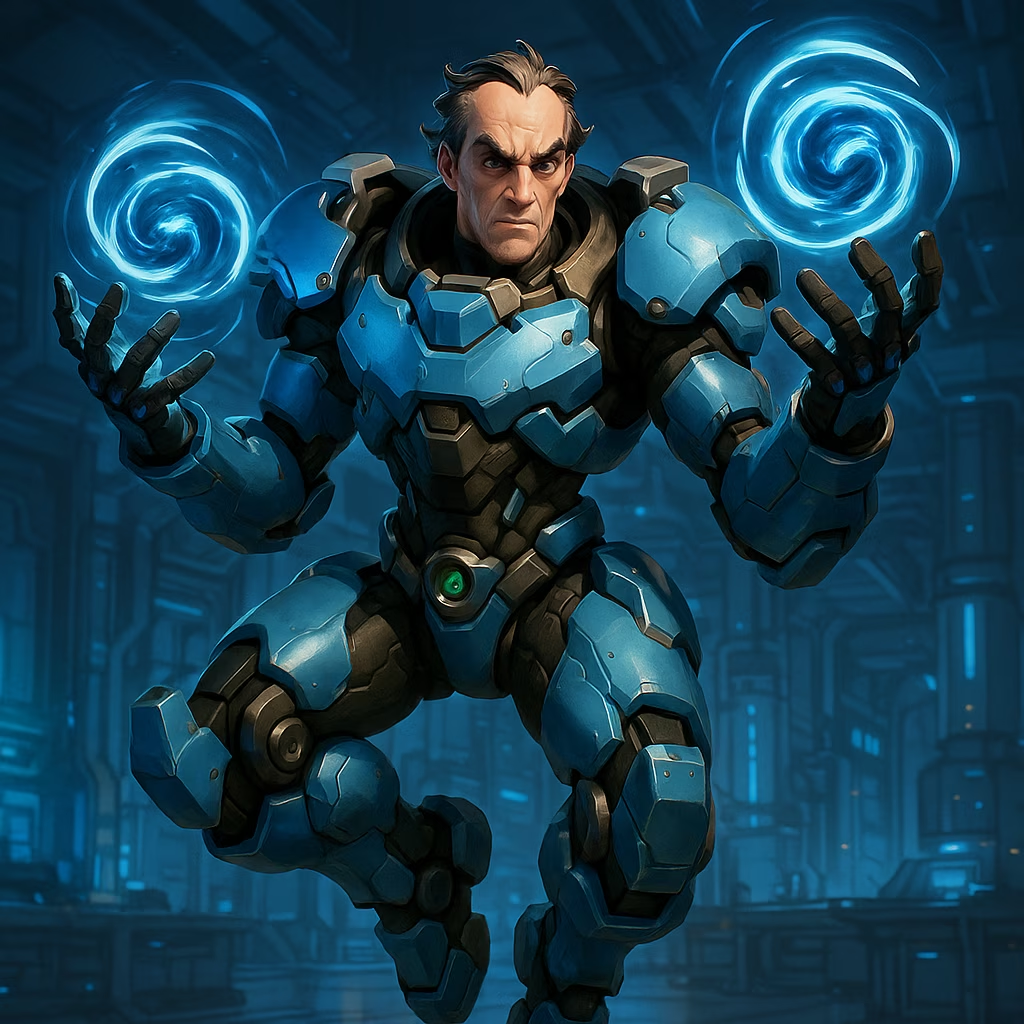Overwatch 2 Revives Loot Boxes Amid Major Gameplay Overhauls
Overwatch 2 reintroduces non-purchasable loot boxes to boost player rewards, blending innovative gameplay features with ethical monetization strategies for enhanced engagement.
In a surprising reversal of strategy, Overwatch 2 director Aaron Keller has reinstated loot boxes to address player reward deficiencies, marking a significant shift from the game's initial monetization approach. Speaking to industry media, Keller acknowledged the game wasn't sufficiently rewarding players, particularly those engaging with the free-to-play model. This controversial system—abolished during Overwatch 2's launch due to its association with gambling mechanics—returns not as purchasable items but as battle pass incentives, event rewards, and weekly mission completions. The decision highlights ongoing challenges in balancing player satisfaction with sustainable revenue models in live-service games.

The Loot Box Renaissance: Reward Over Revenue
Keller emphasized that these revamped loot boxes function fundamentally differently from their predecessor:
-
🔓 Non-Purchasable Mechanics: Boxes cannot be bought with real currency, distributed exclusively through gameplay systems
-
🎁 Delayed Cosmetic Access: Contents trail store offerings by one season, preserving premium item exclusivity
-
📦 Generous Distribution: "We're being pretty generous," Keller noted, with multiple acquisition paths including:
-
Free/Premium battle passes
-
Revamped weekly missions
-
Seasonal event participation
This structure attempts to reconcile past controversies while addressing what Keller called "especially strong" reward dissatisfaction among non-paying players. But does avoiding monetary transactions sufficiently distance the system from its problematic history?
Beyond Boxes: Sweeping System Upgrades
The loot box revival coincides with transformative gameplay additions:
| Feature | Description | Release Timeline |
|---|---|---|
| Freja (DPS) | Danish damage hero with unrevealed abilities | Season 16 (2025) |
| Stadium Mode | Competitive arena format details pending | Late 2025 |
| Map Voting | Player-driven map selection system | Q3 2025 |
| Hero Banning | Pre-match veto system against opponents | Q3 2025 |
| Perk System | Customizable ability enhancements | Phase testing |
The hero banning and map voting features finally address years of community requests, potentially altering competitive dynamics. Meanwhile, the perk system's introduction raises questions about power creep—could these modifications disrupt carefully balanced team compositions?
Reward Architecture Reimagined
Central to the loot box reintegration is the return of the weekly progression tracker, rewarding consistent playtime with both boxes and cosmetics. This framework suggests developers are betting on:
-
⏱️ Time investment as primary engagement metric
-
🏆 Event participation driving recurring logins
-
🎮 Battle passes as core reward pipelines
Keller's team seems confident that separating loot boxes from direct purchases mitigates ethical concerns. Yet the psychological pull of randomized rewards remains intact—does repackaging circumvent criticism or merely disguise similar mechanisms?
Unanswered Questions in the New Era
While Keller expressed excitement about the changes, several implications linger:
-
How will vintage Overwatch 1 cosmetics integrate with the new system?
-
Could perk abilities create pay-to-win perceptions despite loot box separation?
-
Will delayed box content updates frustrate collectors seeking immediate access?
The simultaneous overhaul of reward systems and combat mechanics suggests Blizzard aims to reignite stagnant player counts. With Freja's debut and stadium mode arriving alongside these foundational shifts, 2025 may represent Overwatch 2's most transformative year—but whether these changes satisfy players or generate new controversies remains uncertain. After all, can any reward system truly compensate for the elusive perfect matchmaking experience?

Leave a Comment